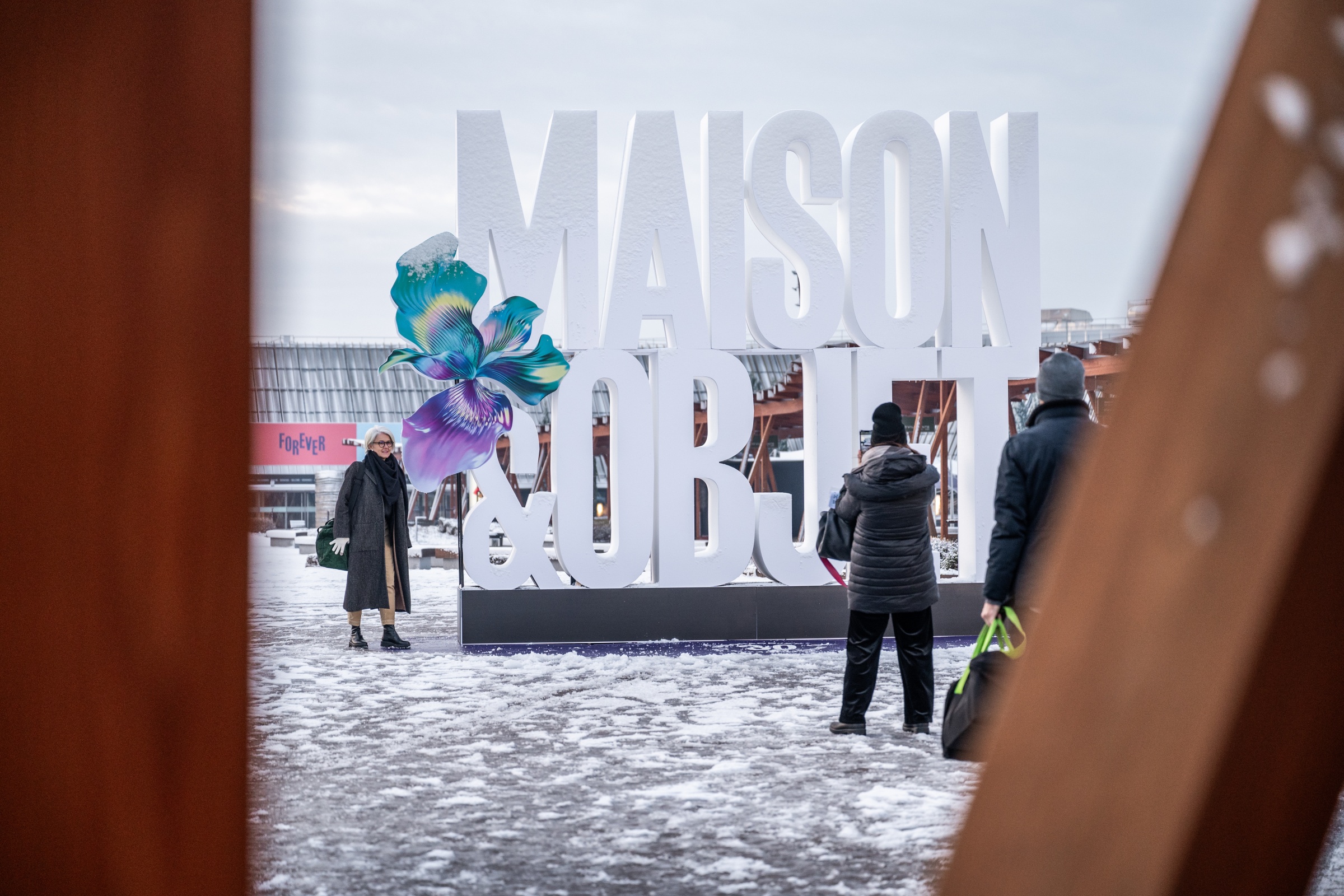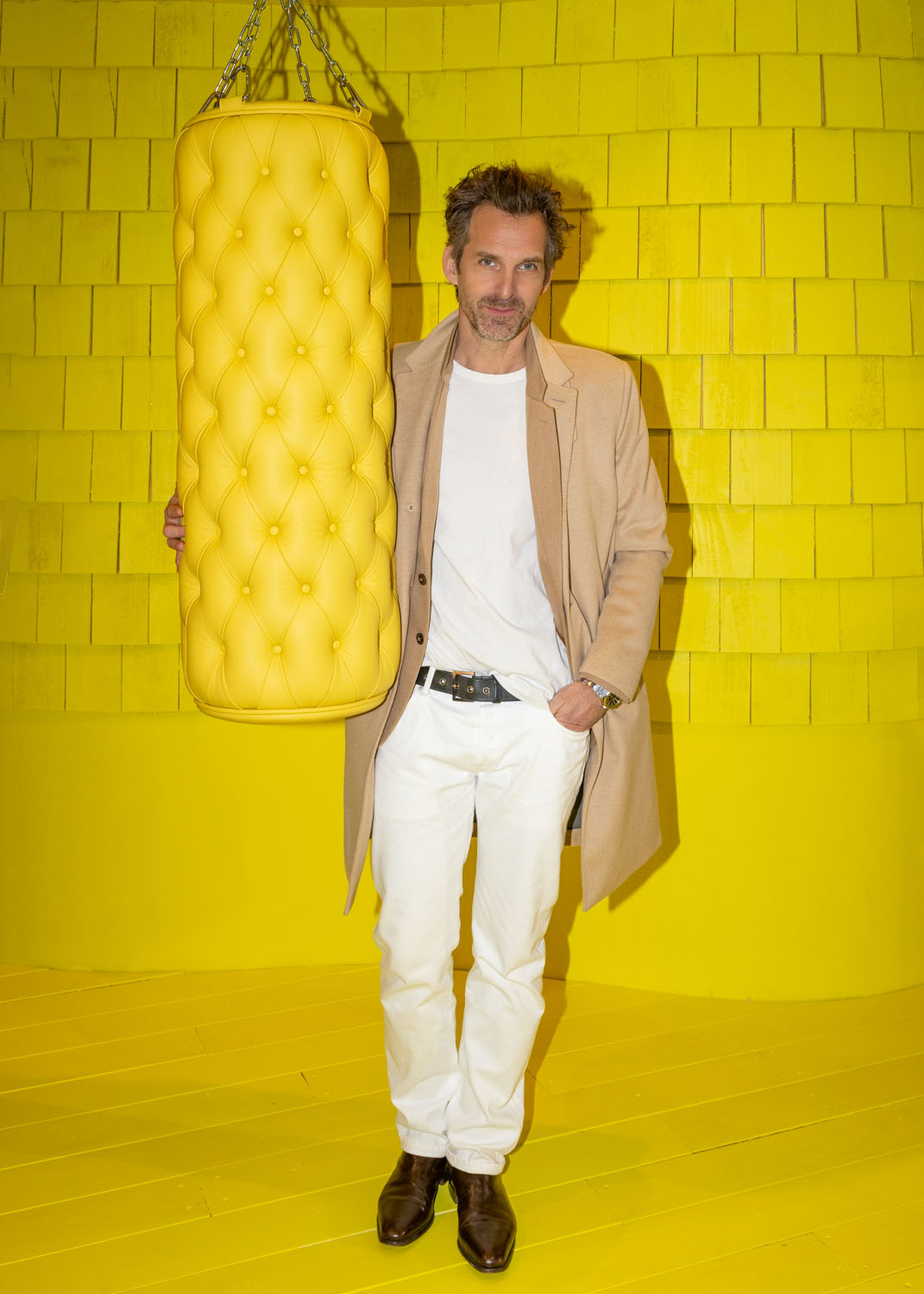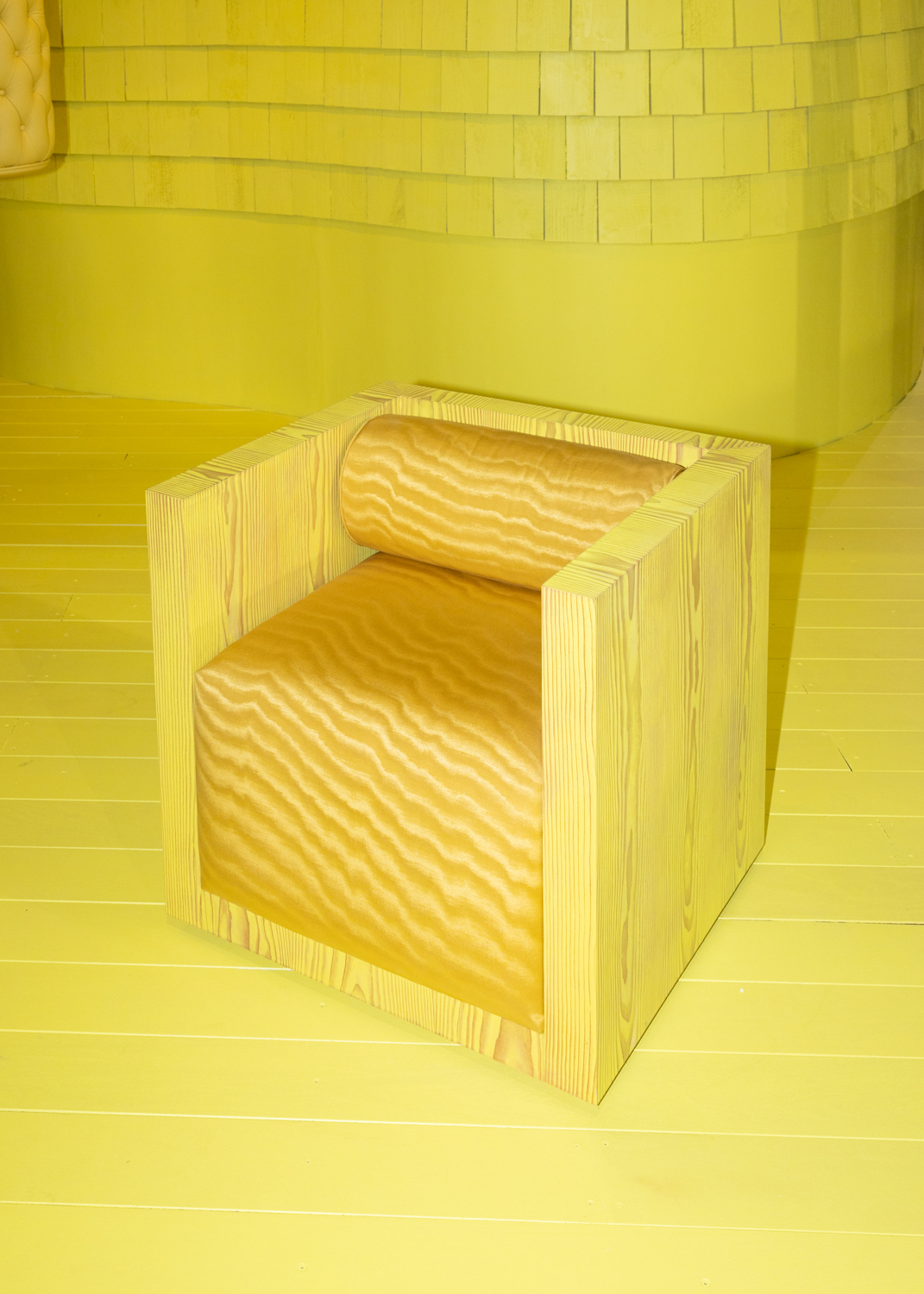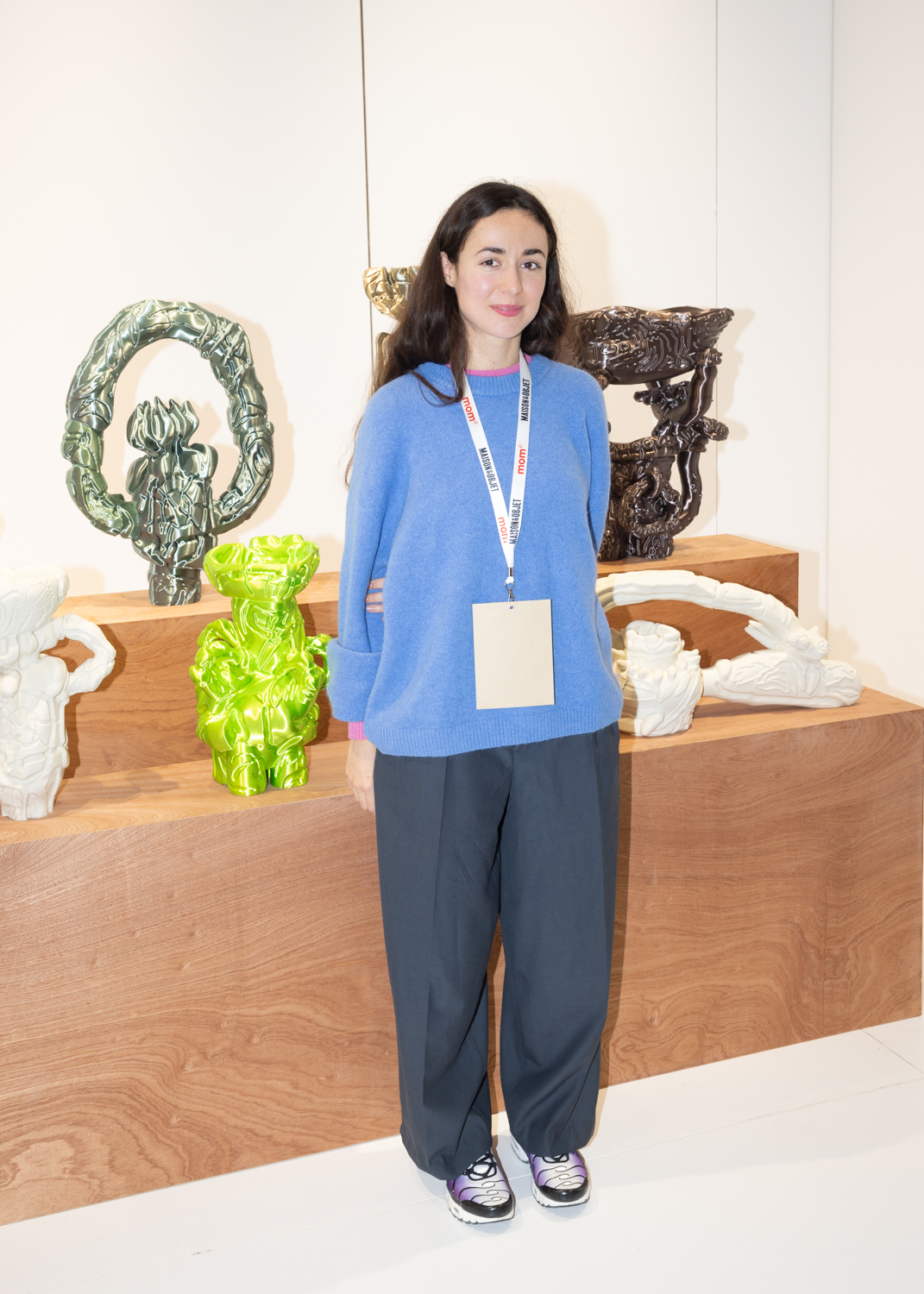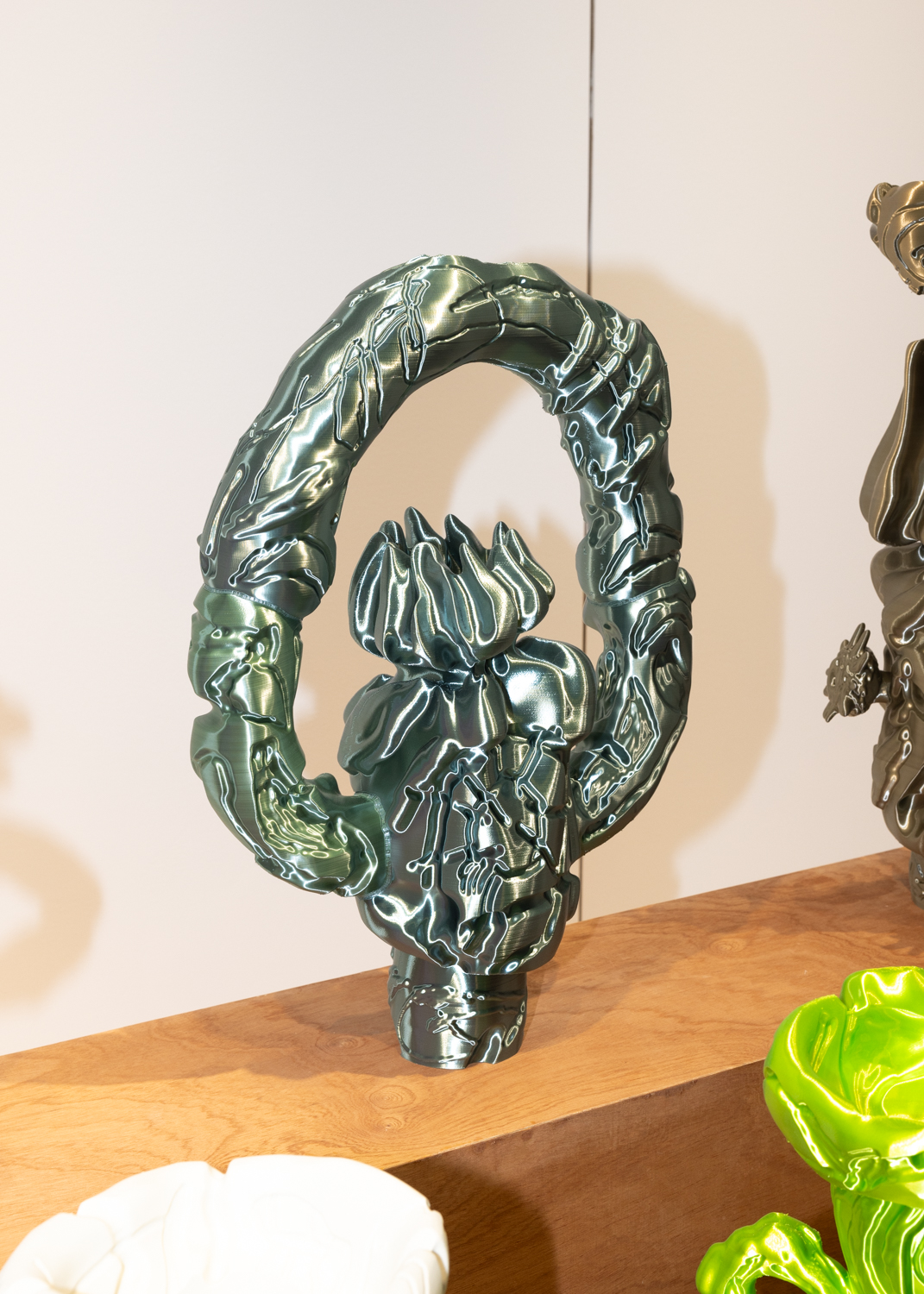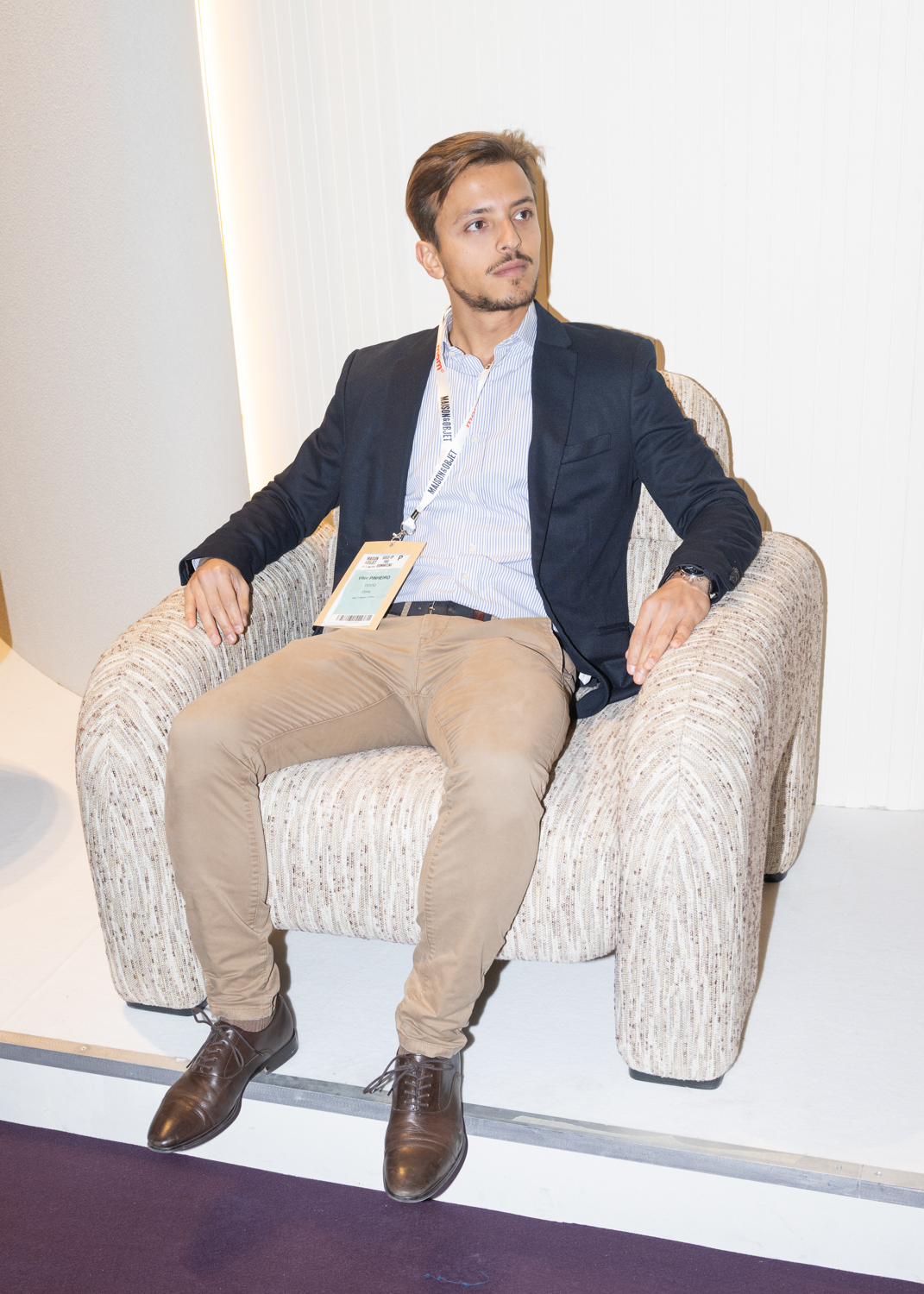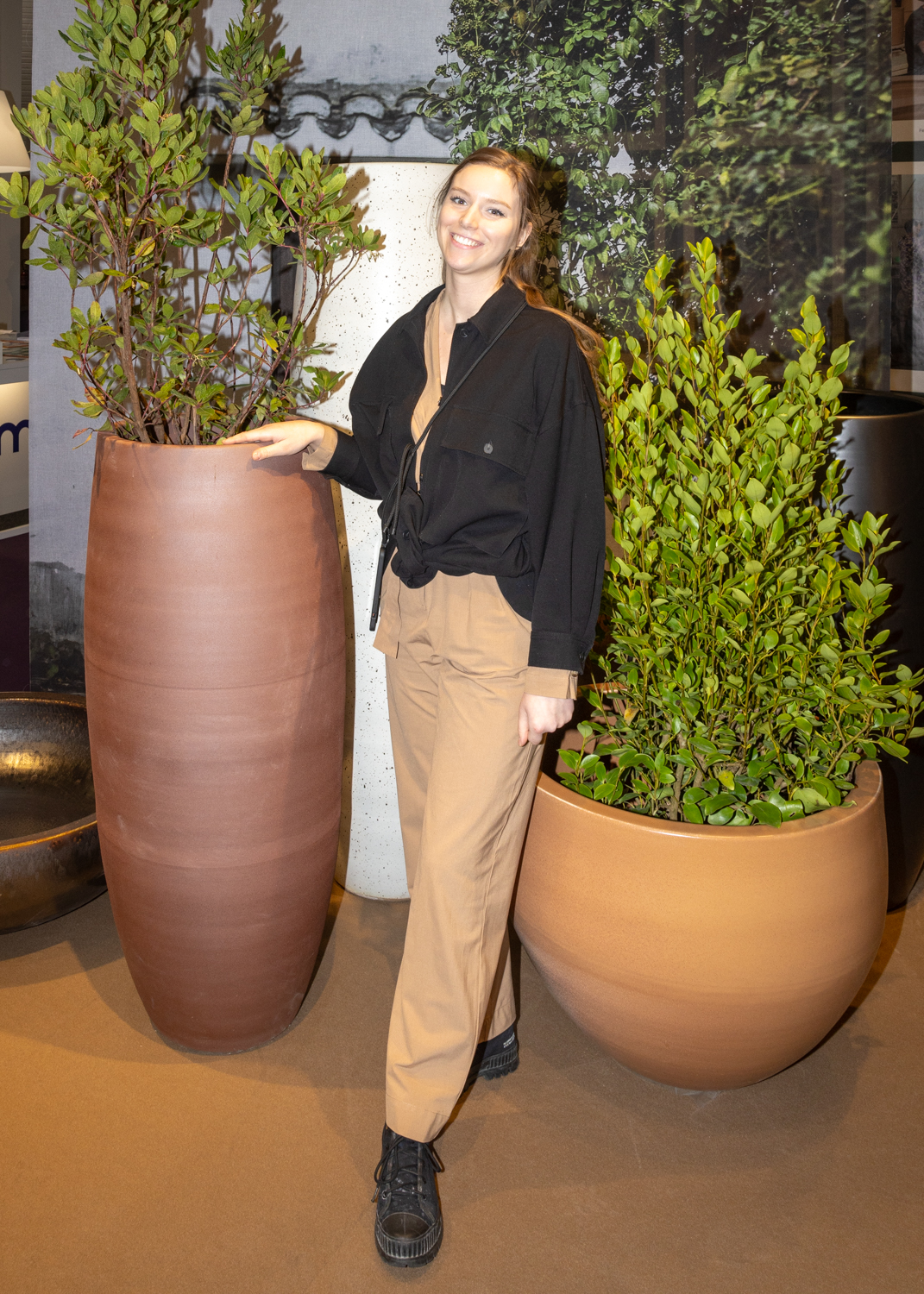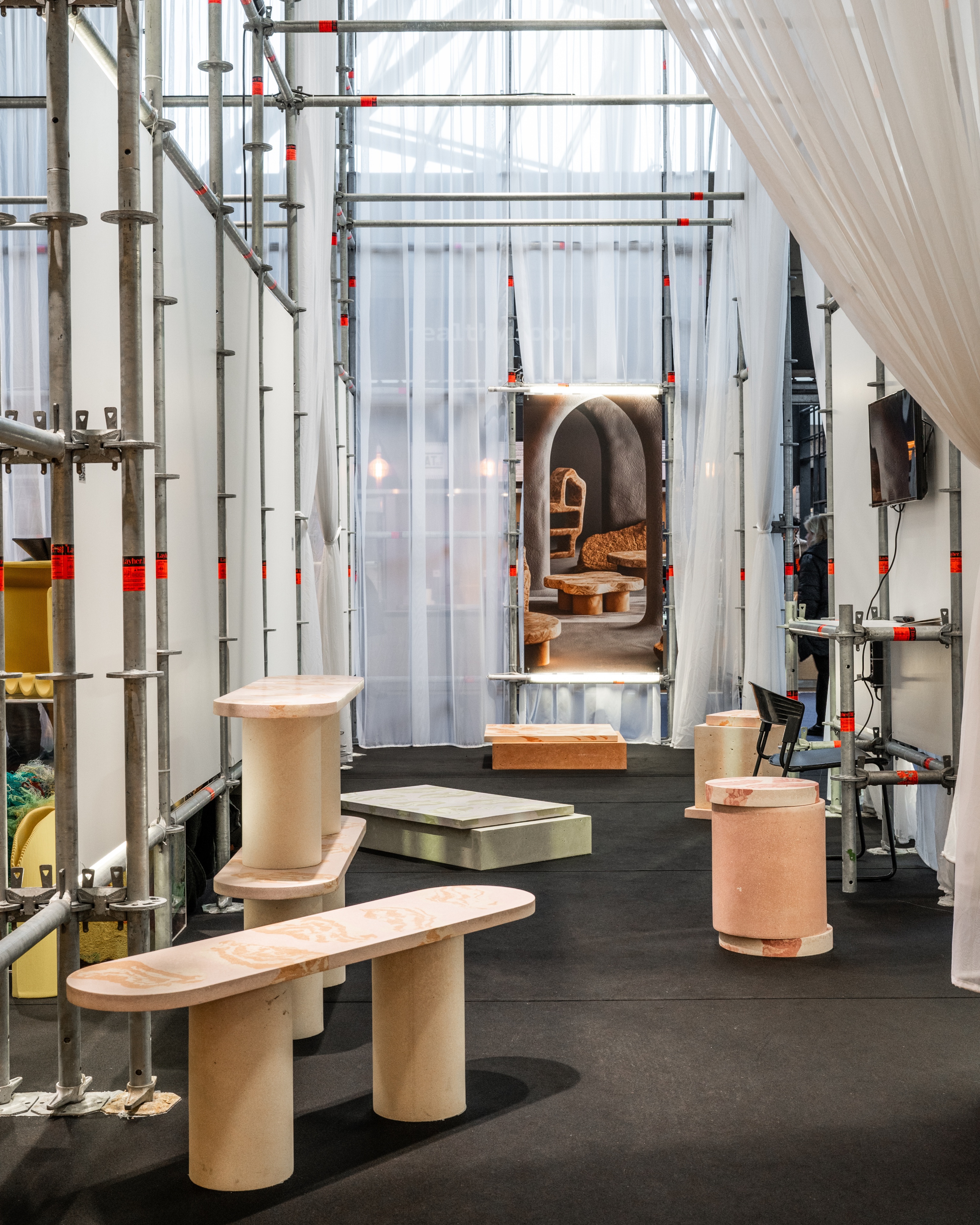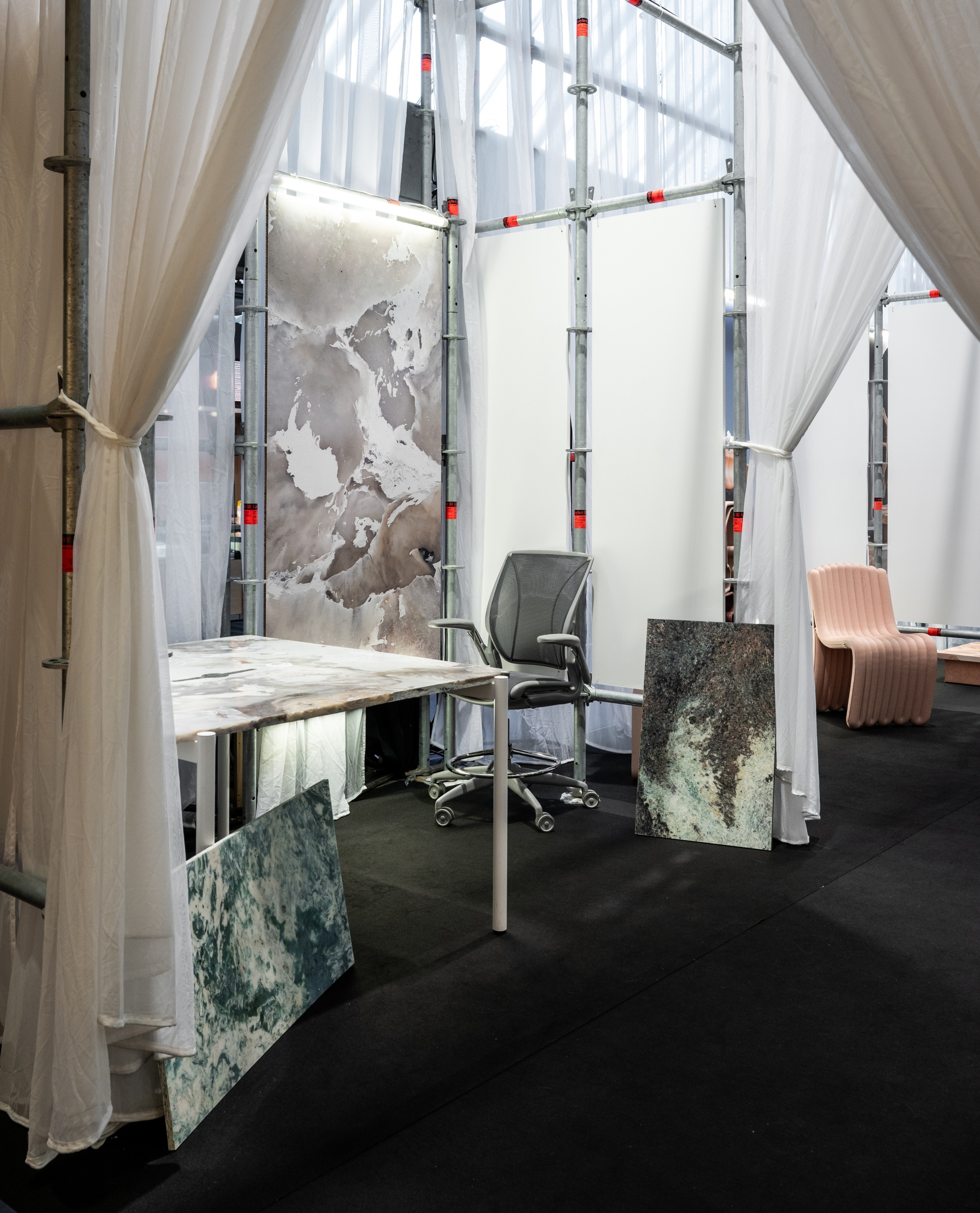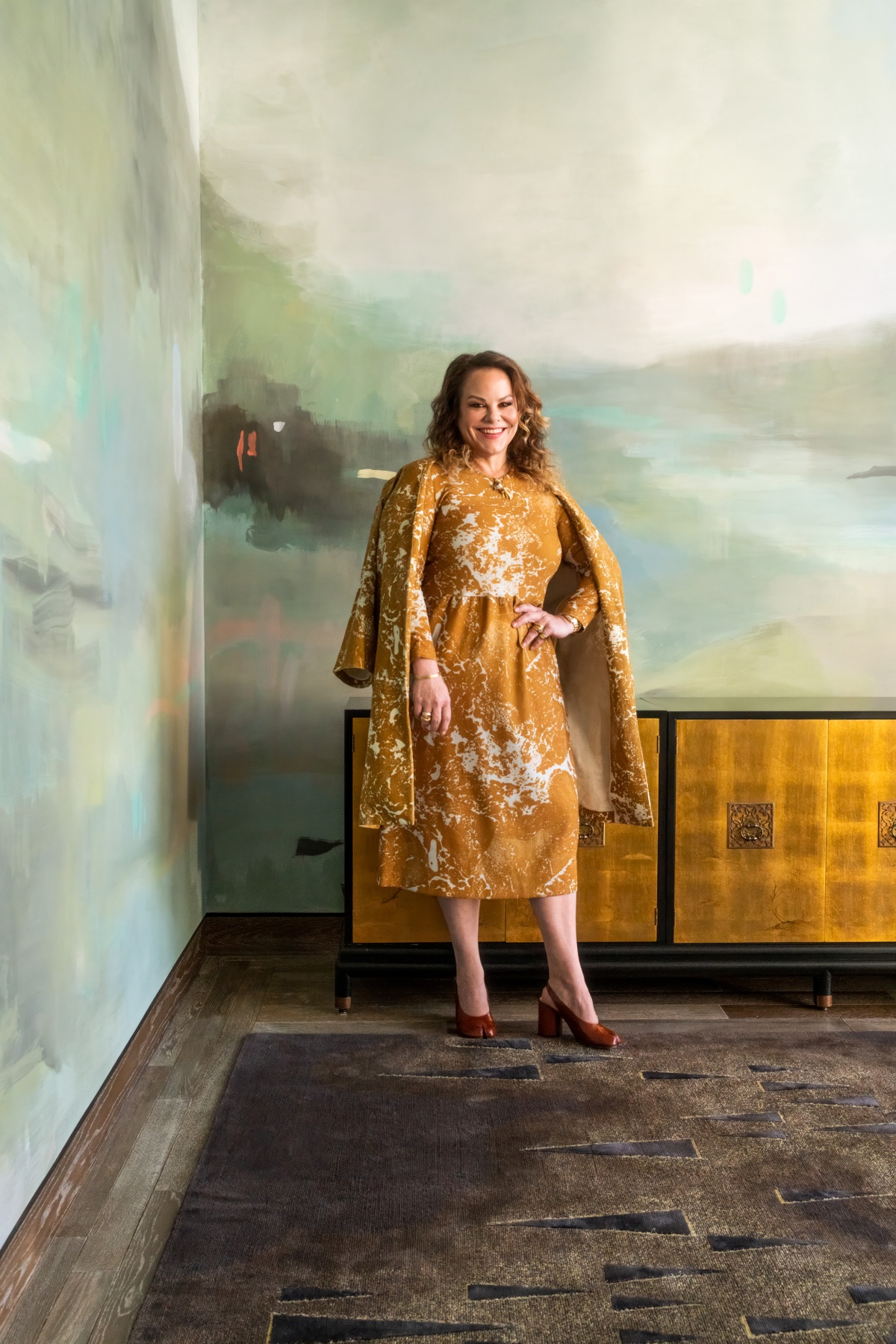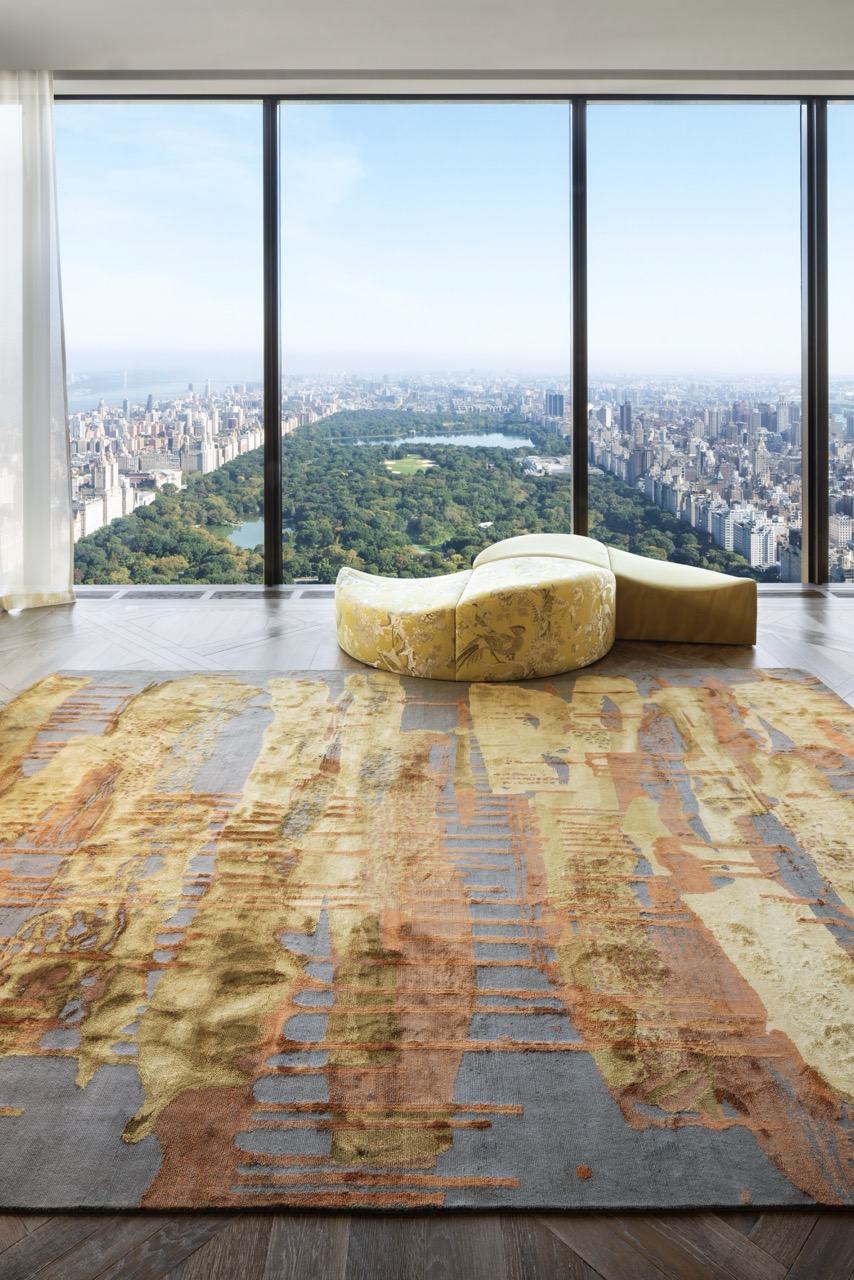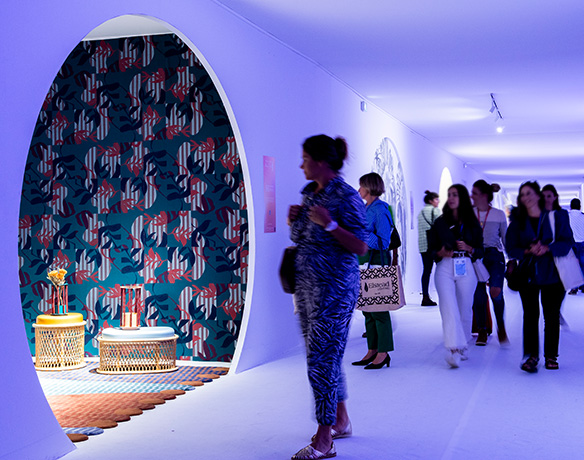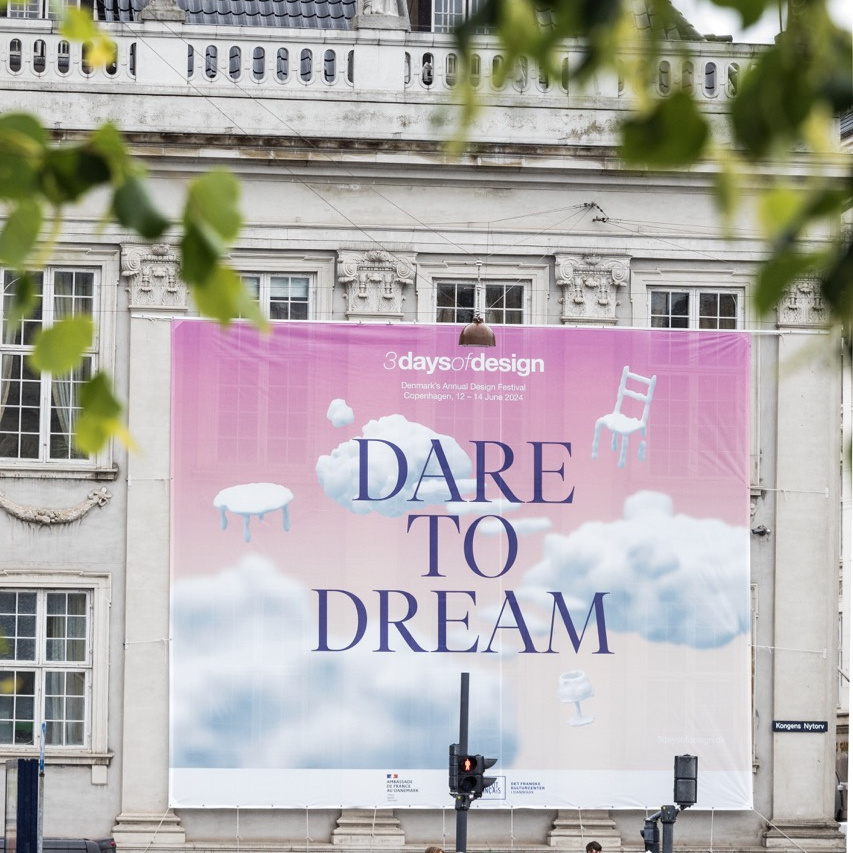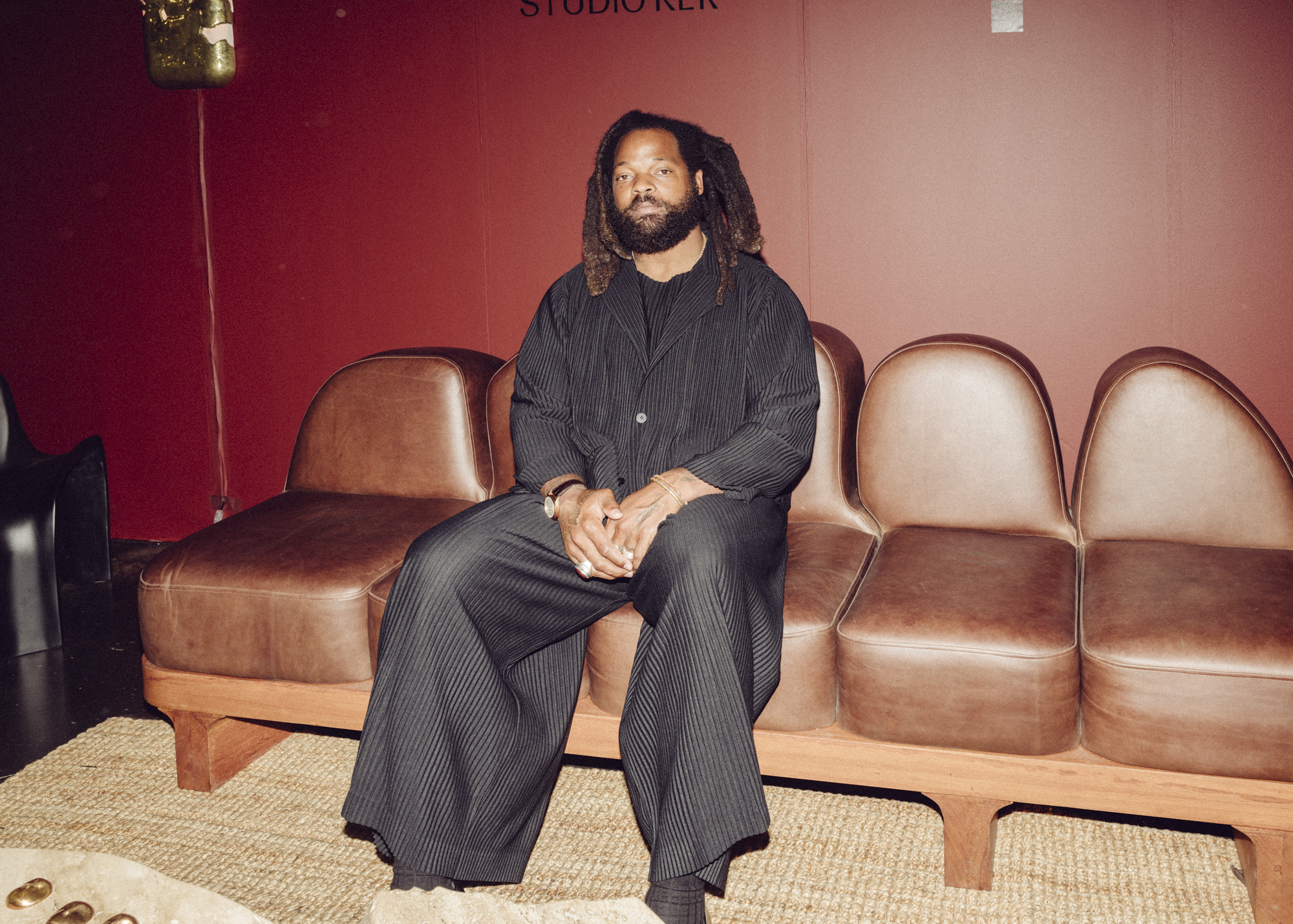On the near outskirts of Paris, the renowned design fair Maison&Objet recently celebrated a significant milestone: its 30th anniversary. Held biannually, this landmark event has evolved into a pivotal design platform in Europe, hosting over 6,000 brands and designers keen on showcasing their cutting-edge innovations. Attracting a diverse tapestry of 300,000 buyers, the fair not only reveals the latest trends in global design and creativity but also signals the emerging future of interior architecture.
This year’s edition was particularly special, marking three decades of Maison&Objet’s influence in the design world. Caroline Biros, the fair’s marketing and communication director, reflected on this milestone, likening the fair to a young 30-year-old. “We are very young, so we need to look at what is moving forward, what’s going to be the next step of the industry. We wanted to have this idea of innovation and science while keeping the creativity, the human touch,” she says.
That idea helped form this edition’s “Tech Eden” theme, which envisions an enchanted future of harmony between nature and technology in interior architecture, retail, and hospitality. The theme reaffirms the show’s long standing role as not just a hub for creativity, but a crucial nexus for business and market trends in the design world. “The DNA of Maison&Objet has always been to be a business fair in addition to a trend forecasting place,” Caroline says.
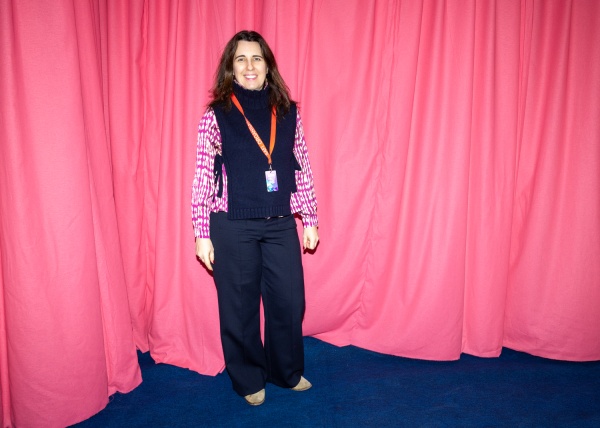
Caroline Biros, Maison&Objet’s marketing and communication director. Photo by Chris Force
While the majority of the fair’s attendees are from Europe, the American market is represented—and sought after. “From a business point of view, the American market is the number one market for the exhibitors here,” adds Caroline. One of the things I’m always curious about is how designers, especially European ones, think of the American market, the American buyer, and the American home. Caroline had several interesting points to make: “Something that is very interesting right now is the huge trend in owning secondhand/vintage furniture with a story. I think one of the differences in the US is it’s difficult to say ‘what’s the story’ with American furniture. In the US it’s not like you have an iconic piece from your Grandma that you want to keep, but that tends to be the case in Europe. When you have your own house in Europe you will buy new things but you will also have your iconic chair or an iconic lamp from someone you care about, and then you will have to match it. It’s quite rare that you buy everything from zero,” she says, pointing out one of the major differences in how American choose to decorate and fashion their homes.
In just a few days it’s physically impossible to view everything at the fair. Their expansive reach and ambition was evident, hosting a multitude of events, including Maison&Objet in the City, which bridges design professionals with the essence of Parisian design and decor. However, what follows are the several exhibitions and trends that stood out from the crowd.
Mathieu Lehanneur: Designer of the Year
- Mathieu Lehanneur and a very yellow punching bag. Photo by Chris Force
- The Square Sun armchair by Mathieu Lehanneur. Photo by Chris Force
Mathieu Lehanneur, celebrated as Maison&Objet’s “Designer of the Year 2024” and the creative mind behind the Paris 2024 Olympic Torch, unveiled his latest masterpiece, “Outonomy.” The installation, covered in an optimistic yellow, merges nature and technology and reimagines human living spaces by reflecting on civilization’s history, incorporating elements from structures like igloos and yurts—harmonizing them with contemporary technology to address the essential question: “What do I really need?” This project embodies a quest for independence and freedom, offering an escape from the chaos of modern life.
Audrey Large: Rising Talents
- Audrey Large was one of the young designers selected for The Rising Talent Awards. Photo by Chris Force
- Audrey’s work includes visually deceptive tables and chandeliers that play with perceptions of reality and digital realms. Photo by Chris Force
The Rising Talent Awards showcased young designers merging traditional craftsmanship with digital innovation, aligning with the Tech Eden theme. Among the talents was Audrey Large, a French designer renowned for blending digital imagery with physical design. Selected by Joseph Grima, creative director of the Design Academy Eindhoven, Audrey’s work challenges the conventional boundaries between the tangible and intangible.
Educated at the École Supérieure d’Art et de Design de Reims and the Design Academy Eindhoven, Large’s inventive design approach earned her the 2020 Dutch Design Award for young talent. Her work includes visually deceptive tables and chandeliers that play with perceptions of reality and digital realms.
“My work seeks to show that the world of images and material are intrinsically linked,” Audrey says. Her approach hinges on her singular voice that combines digital technology with traditional design principles that blurs the lines between the physical and digital.
Emerging Voices in Design
- Designer Vitor Pinherio from Dooq sits on the Vertigo armchair inspired by the the sculptural qualities of the Brutalist movement.. Photo by Chris Force
- Artist Sari Rikken from WL Ceramics stands next to the Elements Planter collection that she helped design. Photo by Chris Force
One of my favorite things about attending Maison&Objet is the opportunity to see and talk through new work with the people who created it. Conversations with emerging designers can be equally, if not more, fascinating compared to discussions with established designers. One of those conversations was with designer Vitor Pinheiro from the Portuguese design brand Dooq. He walked me through the creating of the just released Vertigo armchair, which he began designing last year—first through sketches, then several rounds of foam and cardboard prototypes, and finally a series of CAD drawings. The finished design is completely produced in Portugal.
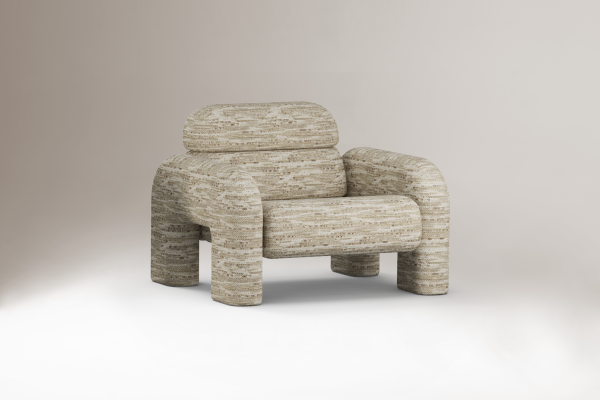
The Vertigo armchair from Dooq. Photo courtesy Dooq
Tucked away in the back corner of the WL ceramics exhibition, I discovered a captivating display of slipcast porcelain tableware. This was the work of Sari Rikken, an artist and florist whose journey in ceramics took her from Rotterdam to Perth, and eventually led her to collaborate with WL Ceramics in Jingdezhen, China, known for their exquisite ceramic craftsmanship. Sari introduced me to the Elements Planter collection, which she co-developed. These pieces, with their minimalist silhouettes, are designed to accentuate the subtle, intricate glazes that Jingdezhen’s artisans are renowned for creating.
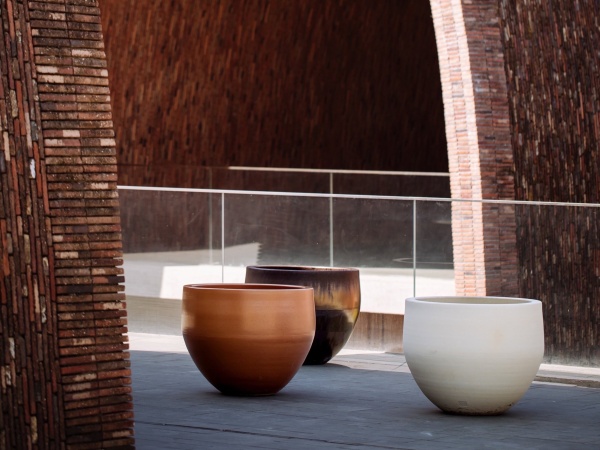
The Elements Planter collection from WL Ceramics. Photo courtesy WL Ceramics
dooqdetails.com / wl-ceramics.com
Marbled Innovations from Anga and TOSCO at Future On Stage
Future On Stage, a platform showcasing young companies in design and lifestyle, now in its fourth year, has become a beacon for emerging talents, providing them with exposure and expert support. Among the exhibitors, Anga and TOSCO Studio stood out with their material-influenced approaches that aligned with this year’s Tech Eden theme.
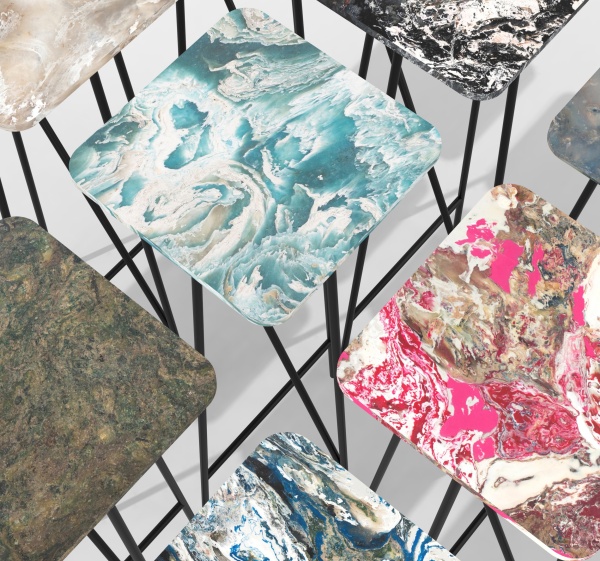
Anga’s panels made from recycled plastic.
Anga, cofounded by Alexandre Alimi and Valentine d’Harcourt, is revolutionizing the use of plastic waste. Alexandre transformed plastic waste by melting it down on his kitchen stove and forming into usable slabs to create an environmentally friendly marble.
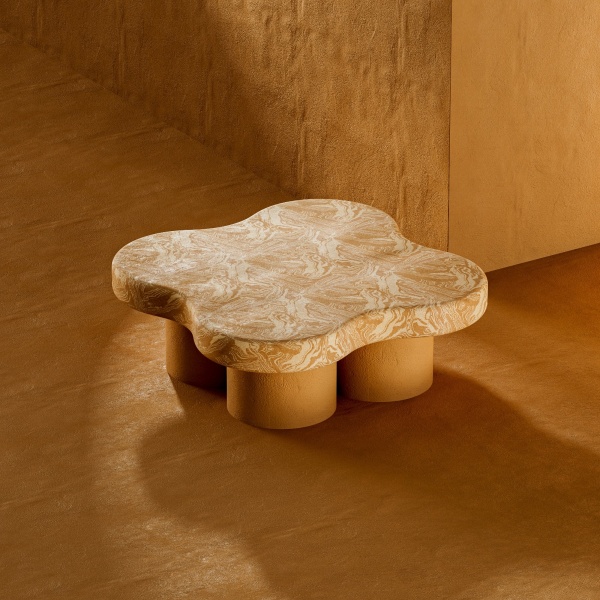
The Flower Power coffee table by TOSCO Studio.
TOSCO Studio, the creation of Lisbon-based designer Joana Esteves, brings a new elegance to the realm of concrete. Joana, drawing inspiration from the iconic architect Antoni Gaudí, transforms concrete into sophisticated furniture. Her unique marbling technique breathes life into a material often associated with stark, industrial uses. TOSCO’s range of products, from sleek tables to artistic vases and shelves, showcases two-tone marble patterns that mirror the natural flow of the environment. Joana’s work with concrete not only takes it to a new aesthetic level, but it also challenges and reshapes our perception of this ubiquitous building material.
Maison&Objet in the City
More than 95 exhibitors participated this year in Maison&Objet in the City, opening their Paris-based showrooms for exclusive exhibits and celebrations.
Tai Ping, an artisanal luxury carpet manufacturer, revealed its collaboration with Callidus Guild, a Brooklyn atelier. This venture, the Callidus Guild Collection, marks Tai Ping’s entry into hand-knotted carpet design, drawing inspiration from the traditional craftsmanship honed by Yolande Milan Batteau’s studio.
Yolande, a fine artist, is the creative force behind Callidus Guild, known for its artisanal wallcoverings. This collaboration resulted in 18 new carpets, combining six main designs and four patterns. Highlights include Akoya, inspired by mother of pearl, and Lineage, a rendition of Callidus Guild’s signature design using urushi on plaster.
Tai Ping’s Juliana Polastri and Ariana Massouh combined with Yolande’s innovative approach led to the unique designs. The collection embodies Yolande’s philosophy of luxury, where ethical practices define beauty. Want to experience it? Yolande suggests visiting your nearest Tai Ping showroom to ask for samples then removing your shoes (and socks) and walking on them barefoot. “Then you’ll know the feeling of true luxury,” she says.
callidusguild.com / taipingcarpets.com
The next edition of Maison&Objet happens September 5 to 9, 2024. For more info visit maison-objet.com.
